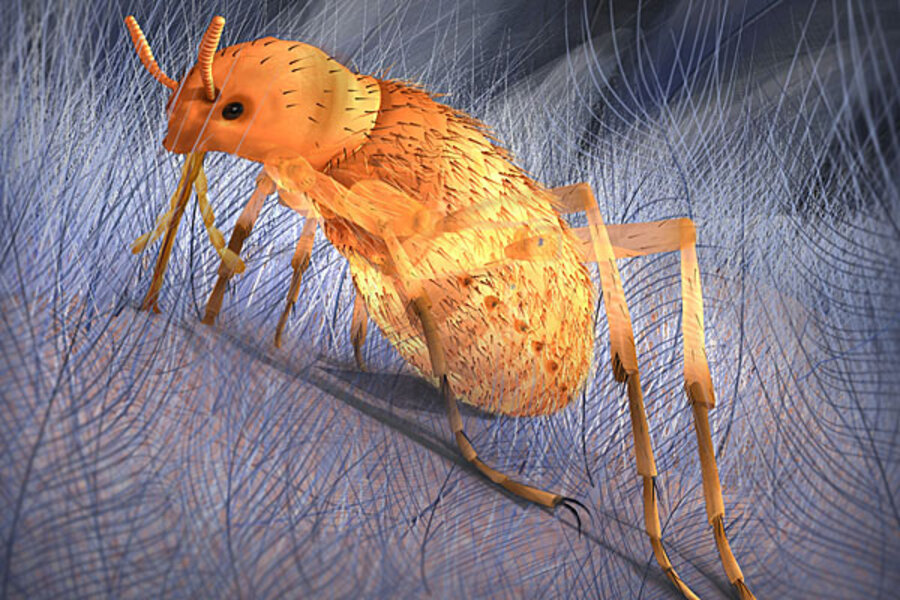Humongous fleas gorged on dinosaurs, report scientists
Loading...
Two species of large, flea-like insects recently unearthed in Inner Mongolia probably fed on feathered dinosaurs, a new study finds.
Writing in the current issue of the journal Current Biology, a team of Chinese researchers describe the pair of bizarre insects, Pseudopulex jurassicus and Pseudopulex magnus. P. jurassicus lived in the Middle Jurassic epoch, about 176 million to 161 million years ago, and P. magnus lived in the Early Cretaceous, about 146 million 100 million years ago. Unlike modern fleas, their bodies were flatter, like today's bedbugs and ticks.
The species were also about five to 10 times bigger than today's fleas, and had serrated claws ideal for piercing tough hides, leading the researchers to conclude that they fed on large vertebrates, such as feathered dinosaurs, flying reptiles, and – in the case of P. magnus – medium-sized mammals.
And getting bitten by one would have probably really, really hurt. "From the size of their proboscis we can tell they would have been mean,” said Oregon State University zooologist George Poinar, Jr, in a press release. "You wouldn’t talk much about the good old days if you got bit by this insect.”
Poinar, who authored a commentary on the Chinese team's finding in the same journal, said that it is possible that modern fleas are descended from these insects, but it is more likely that they belonged to a separate lineage that is now extinct.
"We can be thankful our modern fleas are not nearly this big,” he said.





